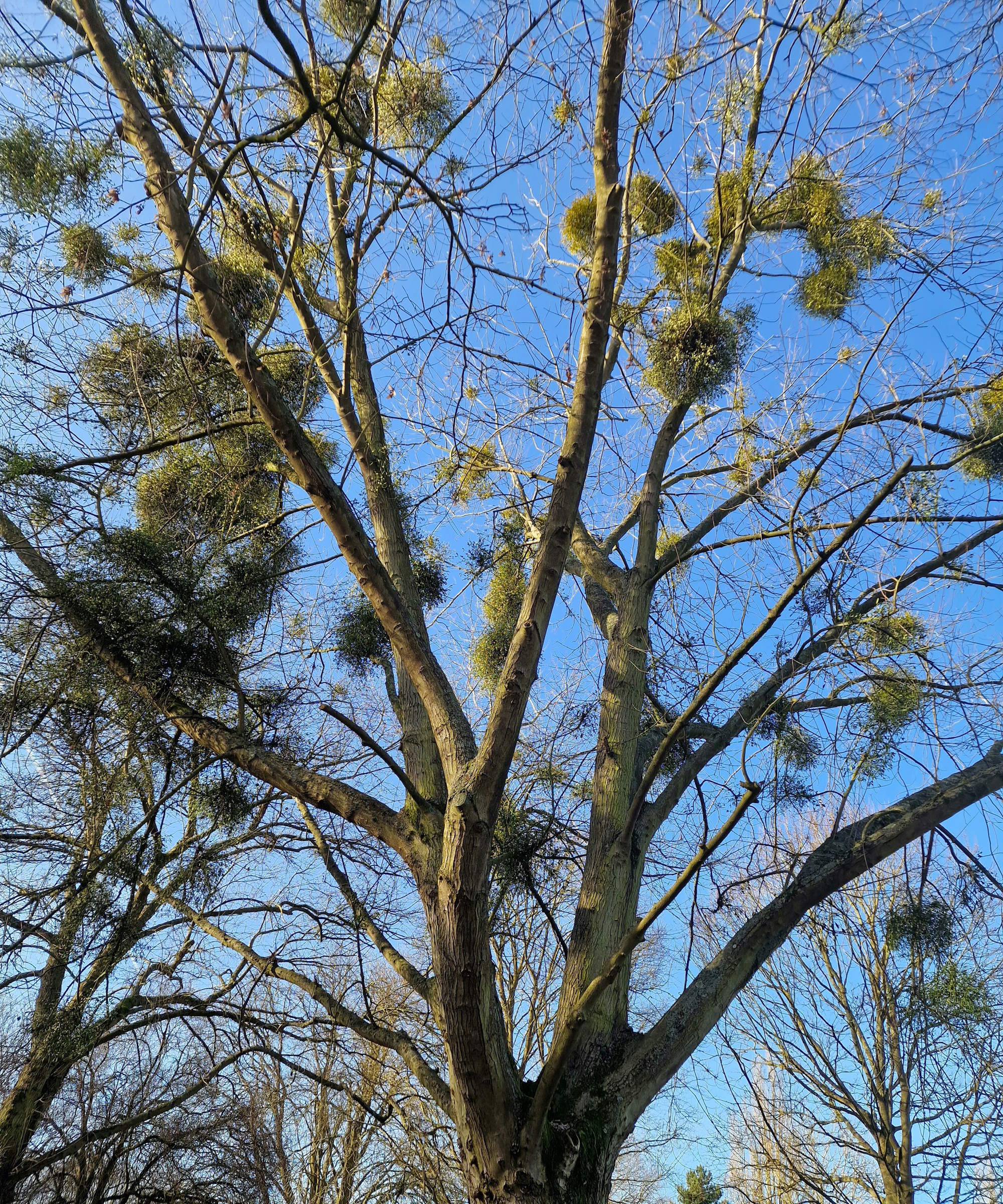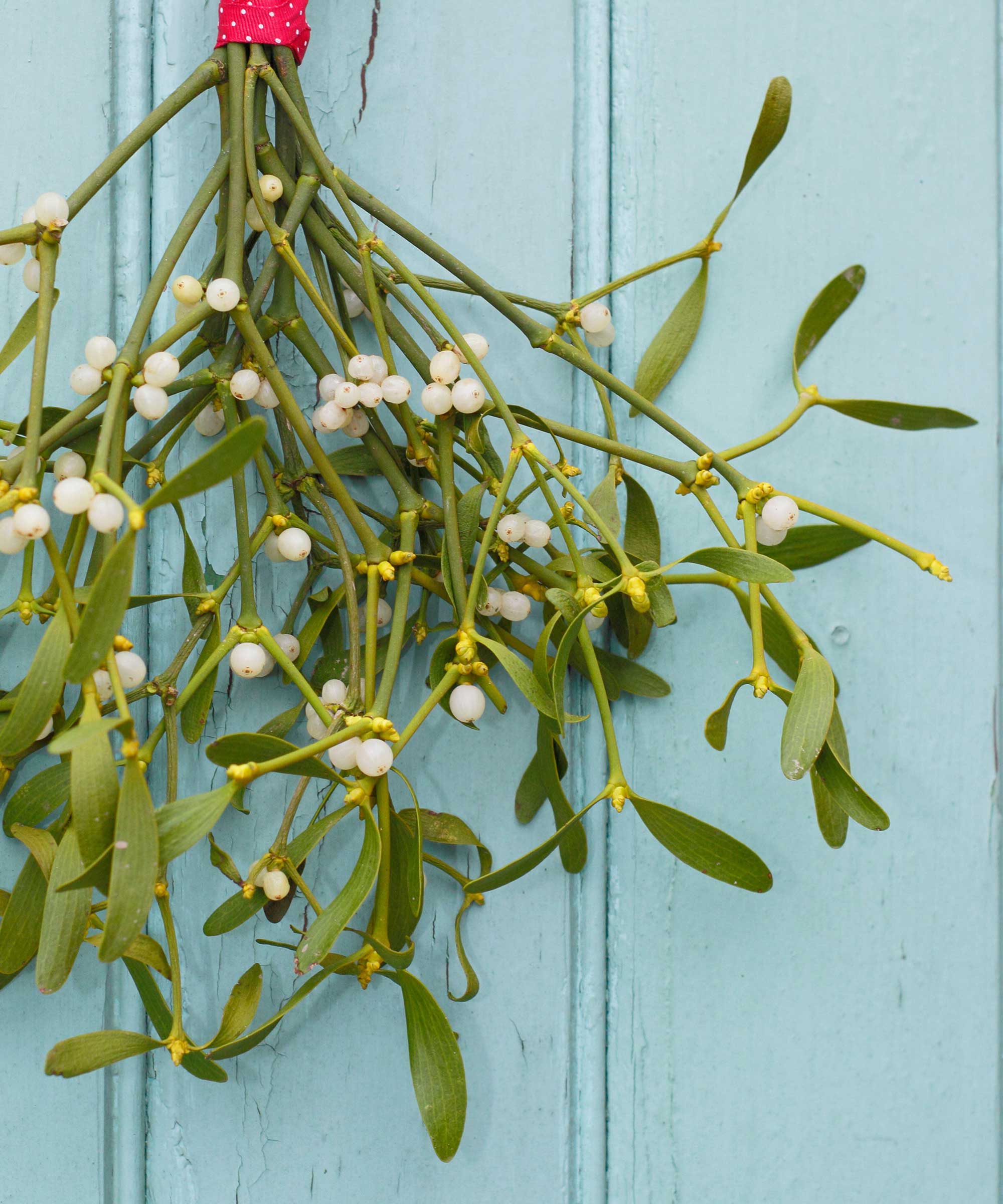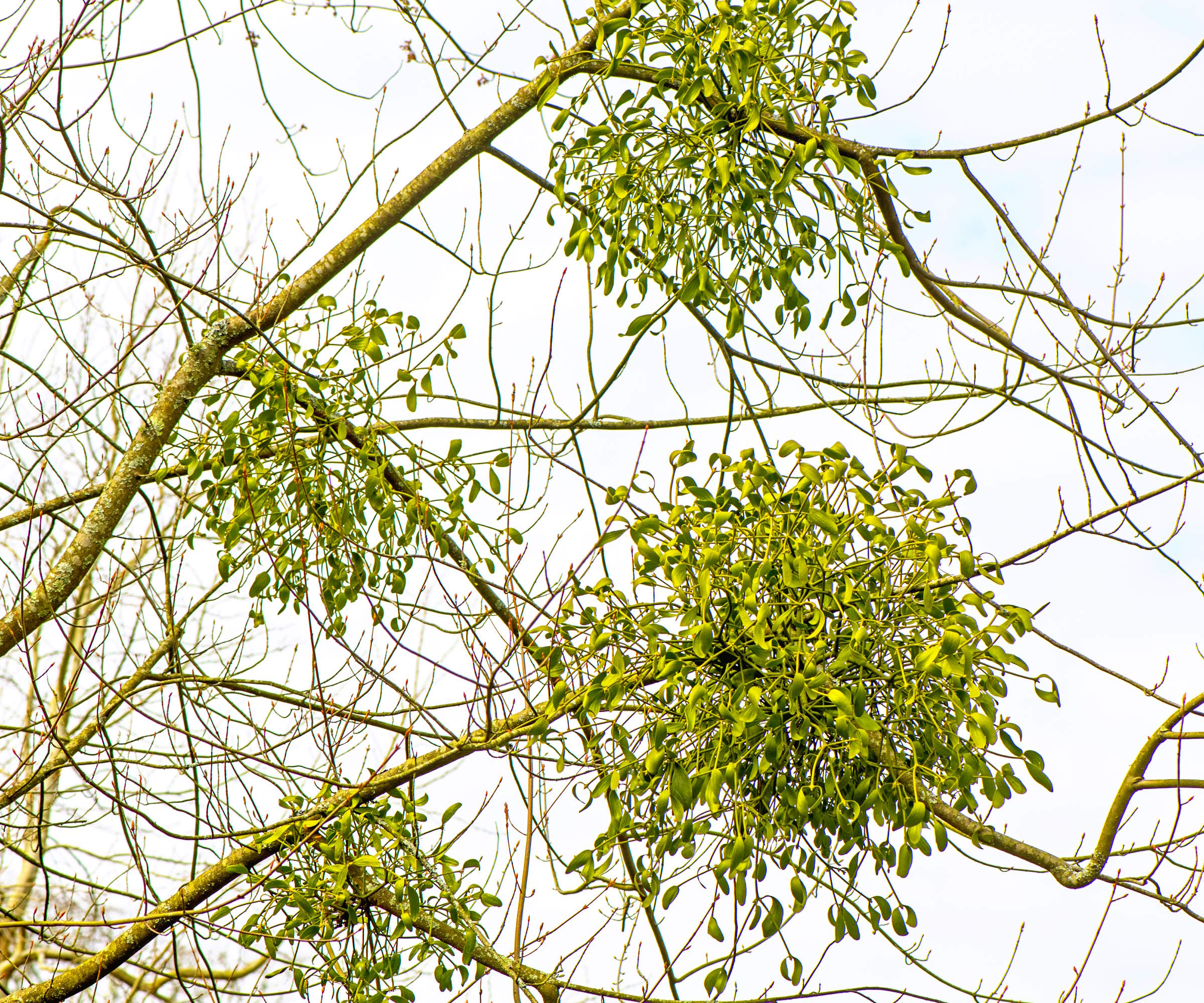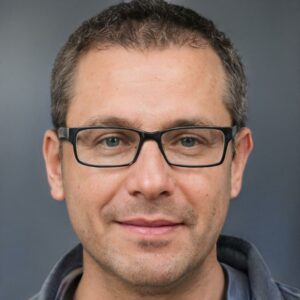How to grow mistletoe at home using berries – and cultivate your own festive decor
Growing mistletoe requires patience, along with the right tree to host the plant


Mistletoe is a beautiful plant that is forever associated with Christmas and the tradition of kissing under the mistletoe. It is annually part of many people’s Christmas decorations, but most probably do not think of growing it themselves at home.
Mistletoe is an evergreen plant that produces berries in winter. It is maybe most well-known for having snow white berries, but there are actually more than 1,500 varieties of mistletoe around the world and the berries can be white, pink, or red.
It is a parasitic plant that attaches itself to other trees and shrubs, thanks to the mistletoe’s modified roots. Mistletoe cannot grow by itself and needs these host plants to survive. It is most commonly seen as clusters of green growth displaying prominently in trees during the winter, when they have lost their leaves.

Mistletoe is often seen as green balls up in the tree canopy
Can you grow mistletoe at home?
Despite mistletoe’s very specific growing habits,, you can grow your own mistletoe at home in your backyard with a bit of patience. Using homegrown mistletoe can offer a novel addition to your annual Christmas traditions than buying it from a store and throwing it away in the new year, or hanging fake mistletoe in your home. If you do want to try growing mistletoe for Christmas foliage, we reveal some expert tips to help you succeed.

Mistletoe is always a hugely popular decoration to hang for Christmas
How does mistletoe grow?
Mistletoe attaches itself to the branches of other trees and shrubs. It is most commonly seen on large and established hawthorn, maple, birch, elm, and apple trees. It takes water and nutrients from its host plants to grow and develop. Mistletoe can impact the growth and any potential harvests of trees, but is not likely to kill the tree itself.
It is a slow-growing plant that develops into clusters of forked branches, often looking like green balls sitting high in the tree. Mistletoe takes years to develop its connection with the host plant and develop into spherical clumps that can be several feet in diameter.
Mistletoe has separate male and female plants and only the female plants will carry berries - it means that multiple plants are needed. The leaves, stems, and berries of mistletoe are poisonous so care needs to be taken when growing and using it as decorations, as the foliage will be toxic to pets and very harmful to humans.

Mistletoe joins itself to the branches of trees
How to grow mistletoe from berries
The simplest way to grow mistletoe is to gather berries from existing clumps and attempt to attach them to a healthy host plant.
Large and established trees are the best to use and you can even attach them to old espalier trees if you want to get mistletoe at an easier height to harvest. Where possible, try to grow new mistletoe on the same type of tree from which it came from as that can aid the likelihood of success.
Julia Omelchenko, resident botany expert at Plantum, says it is important to use freshly-picked berries rather than older ones - of mistletoe you cared for indoors over Christmas, for instance - that will likely have dried out and won’t sprout. She recommends storing your fresh seeds somewhere light and cool, before sowing them in February to March.
When it comes to propagating mistletoe, Julie offers four simple steps for success:
- Once you’ve selected the host plant, choose a healthy, strong branch that’s about 2–4 inches thick and is facing the sun
- If you want to use the mistletoe for decorative purposes, sow several seeds at the same time. Also, some seeds may be eaten by birds or insects, so make sure to sow plenty
- Squeeze the berries one at a time till you see a sticky jelly-like substance with black seeds. Although the mistletoe is toxic to humans and pets, it’s safe to handle. Just make sure to wash your hands after sowing
- Spread the contents of the berries along with the seeds on the sunny side of various branches and mark them
Then you need to be patient. It can take up to three years for the first leaves to develop and five years till you will get sight of the first berries. The mistletoe will not need any watering or feeding as it gets everything it needs from the host plant. As long as the host plant remains healthy, it should provide the mistletoe with all it requires.

Julia Omelchenko is a professional botany expert for the Plantum app that helps identify plants, plant diseases, and provides care recommendations. Her specialization is phytopathology, plant physiology, and plant biochemistry.

Using fresh berries is the best way to propagate mistletoe
How to maintain mistletoe
Mistletoe is very simple to look after. As long as the host is kept healthy by being fed, watered, and maintained correctly, the mistletoe will continue to thrive. There are no pests or diseases that tend to trouble the plants and the main issues you are likely to encounter will be it overgrowing or spreading to other trees. It spreads very easily as birds eat the berries and disperse the seeds through their droppings.
As mistletoe clumps can get very heavy, it is best to regularly prune the balls to prevent them getting so heavy that they cause the branch that hosts them to sag or break. Regular monitoring can also identify unwanted mistletoe plants that appear on other branches or trees. If any unwanted mistletoe is high up in the canopy of a tree, then it may be best to get a professional arborist in to deal with it.
‘You will need to remove any undesired mistletoe balls from your landscape by cutting them back to the base and covering the remaining branches with black plastic to eradicate them,’ says Mike Lansing, managing director of Planter Digest. ‘Eliminating an undesired mistletoe plant can also be accomplished with herbicides applied directly to new growth.’
The use of herbicides should be done with extreme caution. It needs to be carefully applied to the mistletoe to avoid it causing any potential damage to the host tree or shrub. If you use a sprayer, consider a Keyfit Tools AccuTip Dauber available on Amazon to accurately dab herbicide onto only the mistletoe itself.

Mike Lansing is the co-founder and managing director of Planters Digest, and a certified garden designer, who turned a passion for plants into a thriving business.
FAQs
How quickly does mistletoe grow?
Mistletoe grows very slowly and it does require strong patience if you want to grow it at home. ‘You may not notice any growth till the plant is 3–4 years old,' says Julia Omelchenko, resident botany expert at Plantum. ‘It will take about 5–6 years before the plant is mature enough to flower and start fruiting.’
As well as mistletoe, there are other quintessential Christmas plants that you can grow at home. This includes growing your own holly, a simple-to-grow shrub that can both look ornamental in the garden and be used for your decorations and Christmas wreaths.
Sign up to the Homes & Gardens newsletter
Design expertise in your inbox – from inspiring decorating ideas and beautiful celebrity homes to practical gardening advice and shopping round-ups.

Drew’s passion for gardening started with growing vegetables and salad in raised beds in a small urban terrace garden. He has worked as a professional gardener in historic gardens and specialises in growing vegetables, fruit, herbs, and cut flowers as a kitchen gardener. That passion for growing extends to being an allotmenteer, garden blogger, and producing how-to gardening guides for websites. Drew was shortlisted for the New Talent of the Year award at the 2023 Garden Media Guild Awards.
-
 5 hydrangea myths debunked by experts – and what you need to know instead for beautiful blooms
5 hydrangea myths debunked by experts – and what you need to know instead for beautiful bloomsFrom ways to change their color to when to prune, there are certain misconceptions to steer clear of when growing these flowering shrubs
By Holly Crossley Published
-
 How the 'ODT' method can help you to tackle your overwhelming decluttering checklist – and streamline the process from start to finish
How the 'ODT' method can help you to tackle your overwhelming decluttering checklist – and streamline the process from start to finishAvoid 'analysis paralysis' and tick off tasks quickly and easily by making just one decision at a time
By Ottilie Blackhall Published